After doing quite a bit of research on line I wasn’t really able to find a good guide to personal protective equipment (PPE) necessary when covering protests where police are launching tear gas and employing other crowd control munitions or people are shooting each other. I’ve tried to make a round up of all the types of protection out there and additional resources to aid people who are looking to stay safe.
Eye Protection
OC (Pepper Spray), CS, CR and CN are the chemicals of choice for law-enforcement use in crowd control dispersed. These are different chemically but effect people in similar ways. Inhaled or coming into contact with any moist body part (eyes, nose, etc) will trigger them causing pain. Neither CS, CR or CN “tear gas” are actually gases; they’re very fine particles. CN is the most dangerous, but CS burns a lot more and is the most widely used. CR is more difficult to get off your skin. Pepper spray is usually an aerosolized liquid, but the fumes are also irritants. What you need is eye and respiratory protection against and there are two ways to achieve this: A full-face respirator or gas mask, and a half-face respirator paired with sealed goggles. In addition, which ever path you choose will need to protect your eyes from rubber bullets, less lethal rounds, plastic rounds and other assorted projectiles. Picking the right one or combination requires knowing what what the standards mean so I’ve listed them below
ANSI Z87.1-2015
The ANSI Z87.1 will resist Airsoft rounds, Pepper Pellets and shrapnel from grenades Many products you find at construction supply stores will conform to this standard. Make sure it says “High Impact”.
The standard is defined by American National Standards Institute (ANSI) for eye wear resisting an impact of 0.25 in. diameter steel ball traveling at a velocity of 150 ft./s size.
MIL-PRF 32432 / EN166A
The MIL-PRF 32432 will resist Nylon rounds, rubber bullets and .22 rounds. You can find these types of goggles at sporting goods, army surplus and gun stores. They may also be listed under the old standard of MIL-PRF-31013 or MIL-DTL-43511D. The EN European standard is here.
The standard is defined by the US Military 0.15 caliber, 5.8 grain, T37 shaped projectile at a velocity of 640 to 660 feet per second
P100 Particulate
A Scott’s enforcement cartridge or other riot agent filter will protect against OC, CS, CN and pepper spray. If you can’t find one make sure what you get is a minimum of P100.
The P100 filter standard is set by the CDC and is defined at removing 99.7% airborne particulates. There are additional standards and ratings for removing the chemical elements from the air which can be found here. European standards for gas mas
Make sure you check what type of filter your gear takes. The standard attachment type is going to be the 40MM NATO. 3M and Avon have their own proprietary connection. In addition, some manufacturers’ filters “expire” after 2 – 4 years; others “expire” after 8, 10 or up to 20 years like the filters sold by MIRA safety. You can buy expired filters at a discount (often sold as surplus) but there is some debate about filter effectiveness after the expiration date. In my limited experience a filter that has expired is still effective against crowd control gas but often it still doesn’t make sense to buy one. Foremost, when buying “surplus” filters you can easily pick ones up of dubious origin that contain asbestos. Often surplus filters are CBRN filters (like the Israeli ones you can find on the market now) are heavier then and priced around the same as a new riot agent filter. You hardly ever see a surplus riot agent filter.
Filters are usually rated for around 8 hrs of exposure to chemicals agents before they stop being effective. Anecdotal evidence states that you can probably go much longer as the concentration of gas you’ll be encountering is much lower then what filters are tested for. John Rudoff wrote that his filter has lasted him 2 years and running. You can prolong this further by buying P100 pre-filters that slip on the top of your main filter. It is still smart to carry 1 extra filter with you though as things like liquid and impact can shorten the life of your filter.
Avoid
Protection being key there are a lot of things marked out there that seem like short cuts that won’t actually do you any good. Trip Jennings was wearing an Czech M-10-M mask. Other masks like the cheap Israeli Civilian Mask you can find in many surplus stores will probably not have a good enough seal to keep you protected. Due to the price gouging going on today you can usually buy a nice new gas mask for the same price the old ones are selling for online. With that here is a list of things to avoid:
- Swimming Goggles
- Cheap Chinese Gas Masks
- Lab Safety Goggles
- M17 Gas Mask
- Ski Goggles
- Czech M-10-M Protective Mask
- Israeli Civilian Mask
- GP-5 Gas Mask (Asbestos!)
- Israeli Military M15 Mask
- Canadian C-3 Protective Mask
- Canadian C-4 Protective Mask
- Serbian M1 Gas Mask
Another thing to avoid, though it seems obvious, remember that any of the eye and respiratory irritants you happen to be exposed to might well be on your skin, your clothing and equipment, and the outside of your respirator. After removing your mask avoid wiping your eyes or your nose with a hand contaminated with riot-control agents. It is a mistake you really don’t want to make.
Goggles and Half Mask Respirators
Flexibility, space considerations, availability, ballistic protection and cost are among the reasons you want to go down this route. Your challenges are going to be stock of proprietary filters, getting a proper fit on your respirator and getting a good seal with your goggles. I have had good luck using the viewfinder with goggles so that is less of a concern. With that said; here are my recommendations for this category:
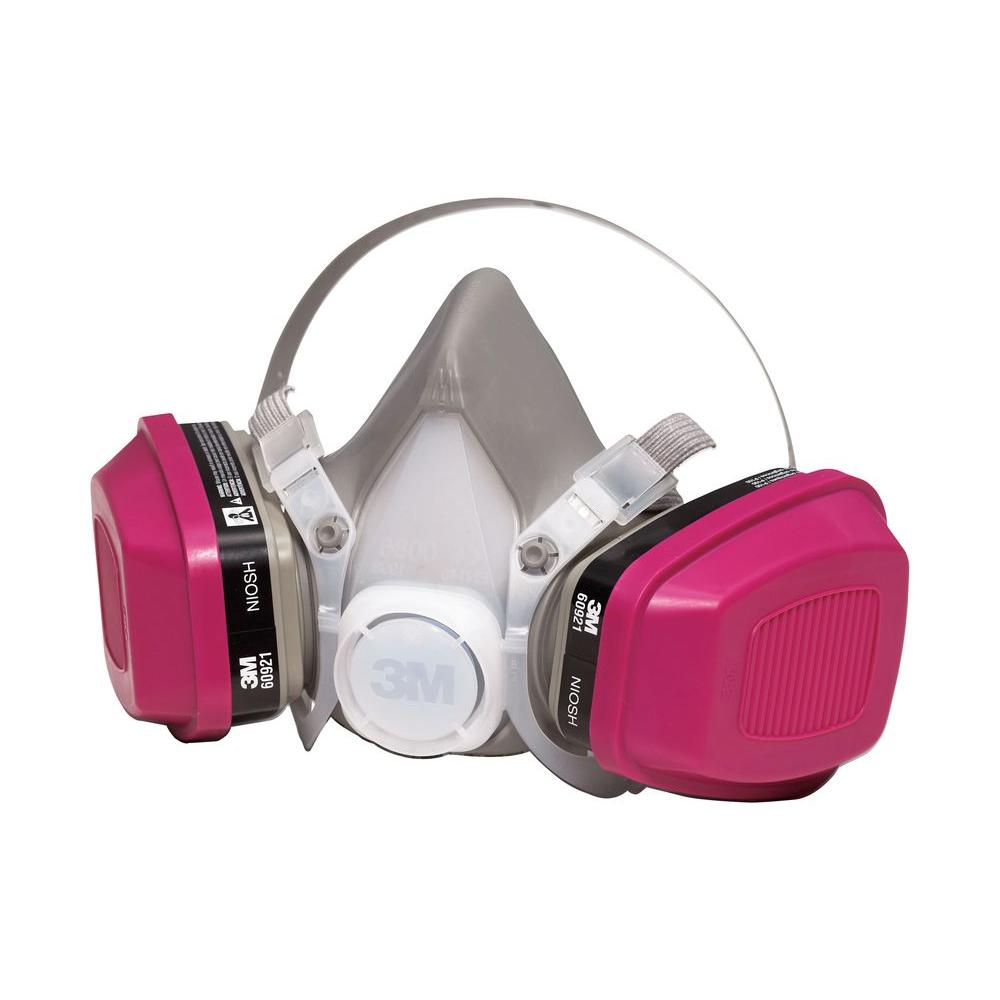
3M Household Multi-Purpose Respirator
This is a cheap and easy to find respirator that will serve you well. You’ll see a lot of these at the protests with their easy to spot pink P100 filters. The P100 Pre-Filters will go a long way to helping keep your filter long lasting but I haven’t had a problem yet. They are can be fiddly to make a good seal and have no diaphragm so be prepared to yell.
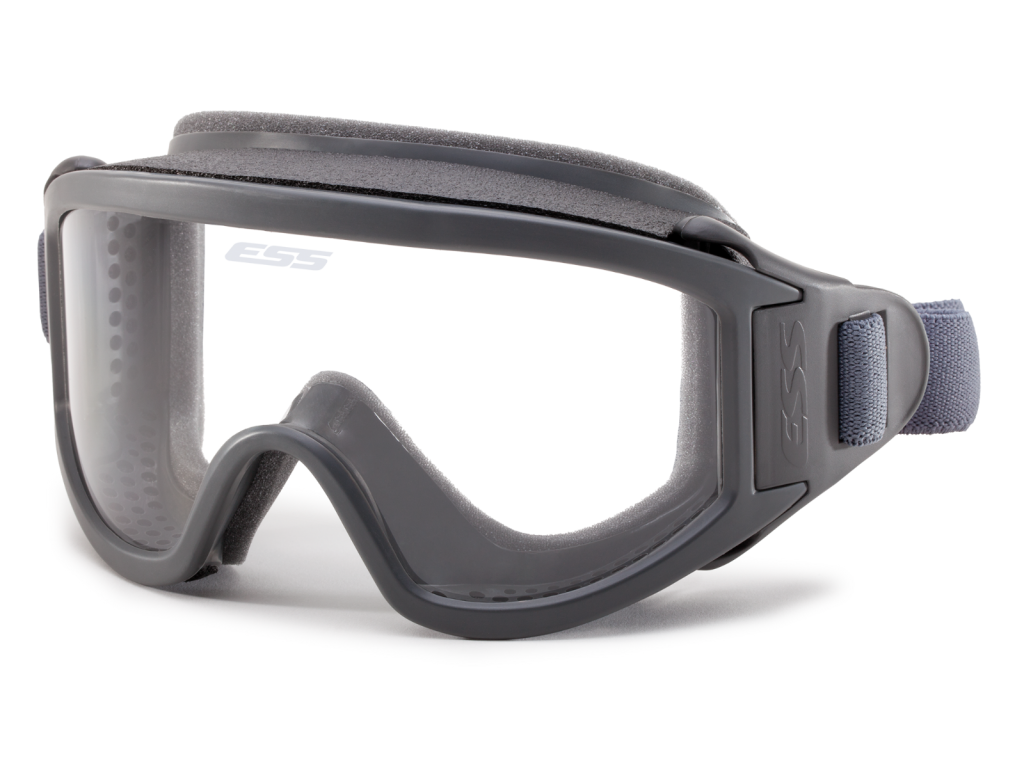
Striketeam SJ w/ Clear Wildland Fire Goggles
Designed to keep smoke and debris out of the eyes of fire fighters they are pretty decent in keeping gas out of your eyes. I tested these in the shower under running water to simulate a dosing of pepper spray and only after a couple minutes did I notice liquid penetrating the seal so they should be protective there. Being sealed they can fog up especially if you have glasses. There are more expensive versions that fix this issue though. They are said to exceed the MIL-DTL-43511d so they should protect against any projectile you’ll run across.
Full Face Gas Masks
Full face gas masks and respirators come in two different forms. One is where one-piece visors that allow enhanced peripheral view and the others are respirators with individual eyepieces. Regardless of what type you choose, take care to note the placement of the filter on the mask. The ones that mount in front tend to be a bit difficult to use.
One-piece visors are terrible to use a view finder. You can’t get your eyes close enough to the viewfinder to see the corners and sometime the actual edges of the frame. The issue is compounded when it is dark because with SLRs it is already a challenge to compose a frame. Newer mirror less cameras help with a little bit but often the viewfinders are smaller then what you get with an SLR because they try to make them as compact as possible so you end up basically in the same place. This is a moot point if you’re a big fan of live view or are using a monitor when shooting video but you do lose that flexibility in the future. Another thing to look into is a hot shoe mounted viewfinder if you are using prime lenses or a super old school sports finder that will at least help you be directionally correct. Shoot loose for cropping later.
Respirators with individual eyepieces have different issues. A lot of the smaller eye pieces are “impact resistant” but not actually impact rated. The eyepieces can be made of silicate glass or a lower impact rated poly-carbonate which won’t help when you have a direct impact to the eye from a round. Viewfinder usage is more on par with goggle because the lens is much close to your eye.
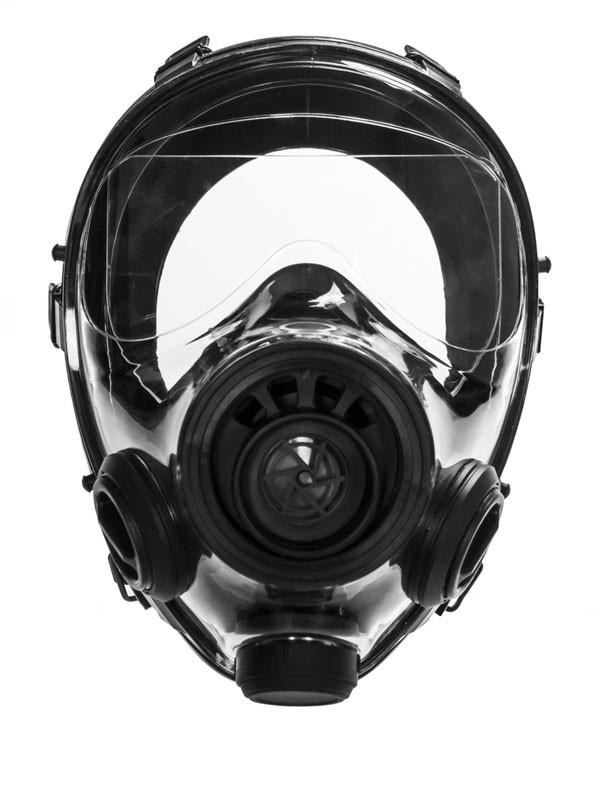
Mestel SGE 400/3
The 400/3 is a low profile ballistic rated gas mask that allows for positioning of the viewfinder about as close as it’s going to get to a one-piece visor. Make sure to avoid just the 400 version as it doesn’t have the filter flexibility. I have no personal experience with this mask but from John again “I had blast grenades go off right at my feet in Paris and was peppered with debris from the asphalt and my face shield was absolutely intact, not even scratched … I am more interested in being able to breath and being protected from blast debris than in perfect image/viewfinder composition.”

Mira Safety CM-7
This is an affordable dual lens face mask has “impact resistant” silicate glass lenses. More coming when I find the standard it was tested to. Being silicate it is probably the clearest lens you’re going to get. In conjunction with the low profile of the dual lens setup it will allow you to see the best you can see through a viewfinder. Alternatives are the Scott M110 which has “impact resistant” poly-carbonite lenses. Unfortunately the lens positioning is weird and getting the quality of life add-ons will rack up the cost quite quickly. Probably the best choice is the Avon FM12 but it’s impossible to find new and still very hard to find used. It does have ballistic impact rated lenses and tends to be the cheapest of the bunch.
Other considerations
Glasses
Glasses are a pain to use with any of the above but necessary if your eyesight sucks like mine. Some people wear contact lenses but this is just bad news because if your mask is ripped off the contact lens will absorb whatever chemical agent your being hit with and compound your troubles. You basically have two options here; cut your own stubby lenses or buy the adapter for your goggle / mask of choice. Here are some examples of how to do it:
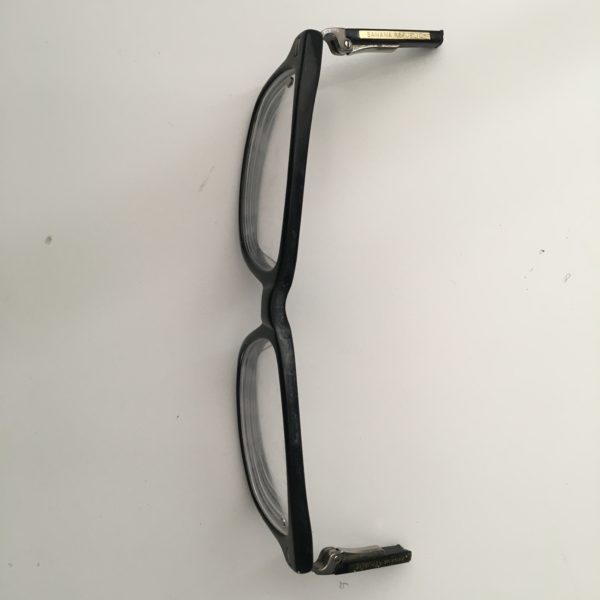
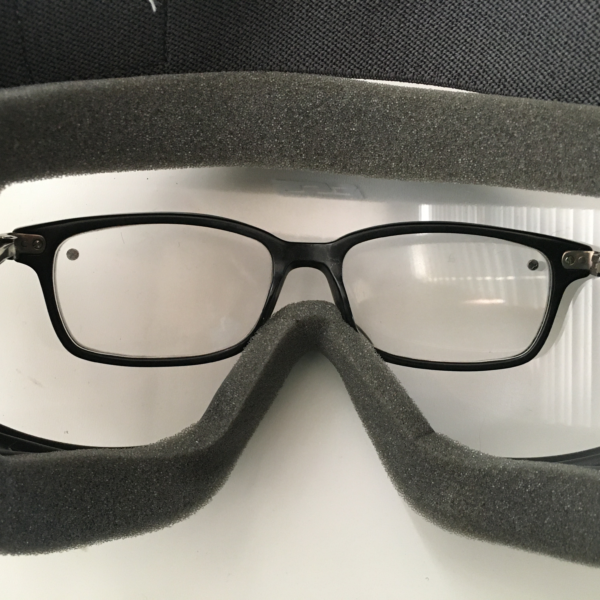
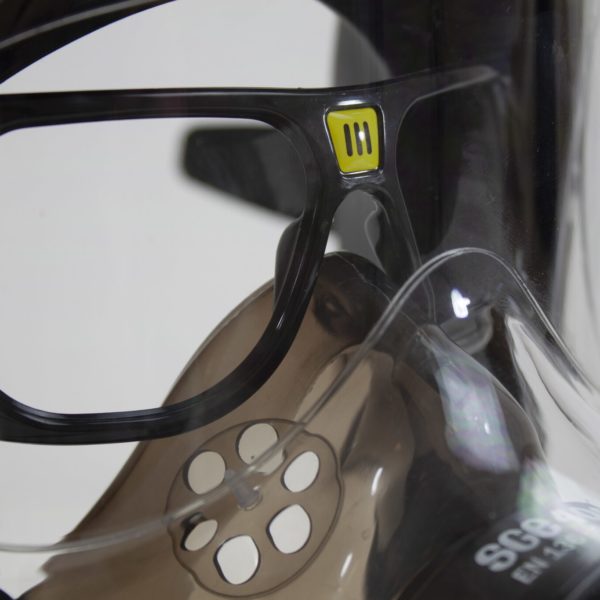
Beards
Beards technically are a no go with respirators of any type. You can’t get a good seal over a hairy chin. If you’re as attached to your chin hair as I am to mine I’ve found a workaround. The length of the beard should be cut down to about 1/8″ and right to the jaw line you should be able to get a seal. A good way to test this is to put the mask on and cover the intake on your filter and inhale. The mask will tighten on your face and if you have a seal the mask won’t release till you either open the intake or exhale. If there isn’t a seal the mask will slacken or you will still get air from the outside while inhaling.